Created by H. Rider Haggard Occupation Hunter | Gender Male Nationality British | |
 | ||
Movies The League of Extraordi, Allan Quatermain and the L, King Solomon's Mines, Allan Quatermain and the T, King Solomon's Treasure Similar Mina Harker, Captain Nemo, Jack Griffin, DrHenry Jekyll, Tom Sawyer | ||
Allan Quatermain is the protagonist of H. Rider Haggard's 1885 novel King Solomon's Mines and its sequels. Allan Quatermain was also the title of a book in this sequence.
Contents
- History
- Appearance and character
- Series
- Chronology of Haggards Quatermain stories
- Use of Quatermain in other works
- Quatermain in the works of Farmer Power and Castelli
- Quatermain in the works of Moore and Miller
- Film and television incarnations
- Influences
- Influenced
- Books written by H Rider Haggard
- Books written by Alan Moore
- Books written by Thomas Thos Kent Miller
- In popular culture
- References

History
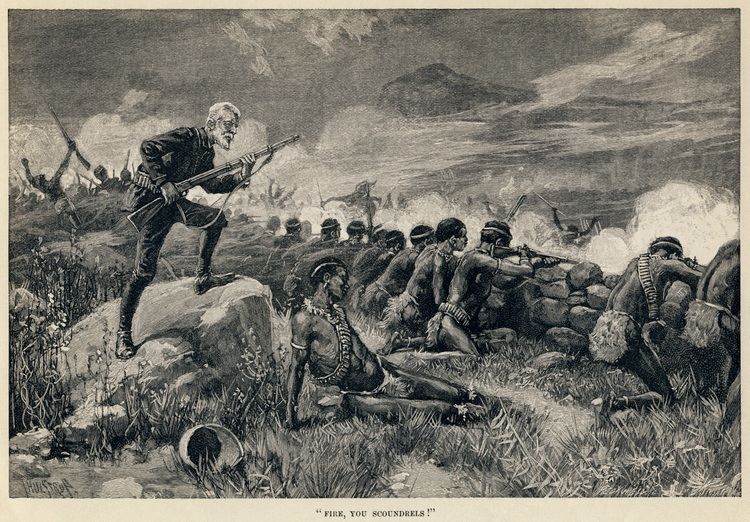
The character Quatermain is an English-born professional big game hunter and occasional trader in southern Africa, who supports colonial efforts to spread civilization in the Dark Continent, though he also favours native Africans having a say in their affairs. An outdoorsman who finds English cities and climate unbearable, he prefers to spend most of his life in Africa, where he grew up under the care of his widower father, a Christian missionary.
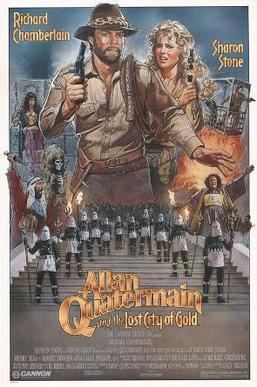
In the earliest-written novels, native Africans refer to Quatermain as Macumazahn, meaning "Watcher-by-Night," a reference to his nocturnal habits and keen instincts. In later-written novels, Macumazahn is said to be a short form of Macumazana, meaning "One who stands out." Quatermain is frequently accompanied by his native servant, the Hottentot Hans, a wise and caring family retainer from his youth. His sarcastic comments offer a sharp critique of European conventions. In his final adventures, Quatermain is joined by two British companions, Sir Henry Curtis and Captain John Good of the Royal Navy, and by his African friend Umslopogaas.
Appearance and character
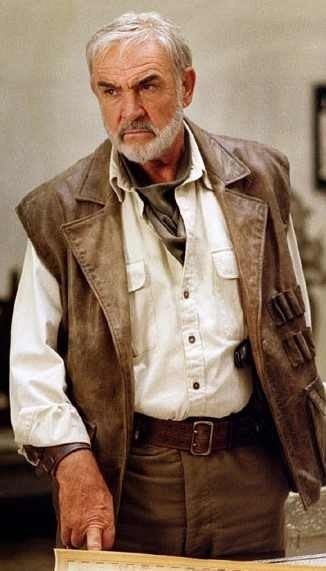
The series spans 50 years of Quatermain's life, from 18 to 68; at the start of the foundation novel King Solomon's Mines, he has just turned 55. Physically, he is small, wiry, and unattractive, with a beard and short hair that sticks up. His one skill is his marksmanship, where he has no equal. Quatermain is aware that as a professional hunter, he has helped to destroy his beloved wild free places of Africa. In old age he hunts without pleasure, having no other means of making a living.

About Quatermain's family, little is written. He lives at Durban, in Natal, South Africa. He marries twice, but is quickly widowed both times. He entrusts the printing of memoirs in the series to his son Harry, whose death he mourns in the opening of the novel Allan Quatermain. Harry Quatermain is a medical student who dies of smallpox while working in a hospital. Haggard did not write the Quatermain novels in chronological order, and made errors with some details. Quatermain's birth, age at the time of his marriages, and age at the time of his death cannot be reconciled to the apparent date of Harry's birth and age at death.
Series

Although some of Haggard's Quatermain novels stand alone, there are two important series. In the Zulu trilogy, Marie (1912), Child of Storm (1913), and Finished (1917), Quatermain becomes ensnared in the vengeance of Zikali, the dwarf wizard known as "The-thing-that-should-never-have-been-born" and "Opener-of-Roads." Zikali plots and finally achieves the overthrow of the Zulu royal House of Senzangakona, founded by Shaka and ending under Cetewayo (Cetshwayo kaMpande) (Haggard's questionable spelling of Zulu names is used in the first instance).
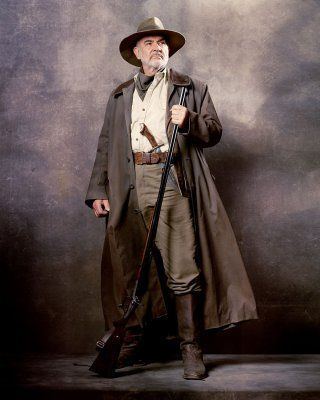
These novels are prequels to the foundation pair, King Solomon's Mines (1885) and Allan Quatermain (1887), which describe Quatermain's discovery of vast wealth, his discontent with a life of ease, and his fatal return to Africa following the death of his son Harry.
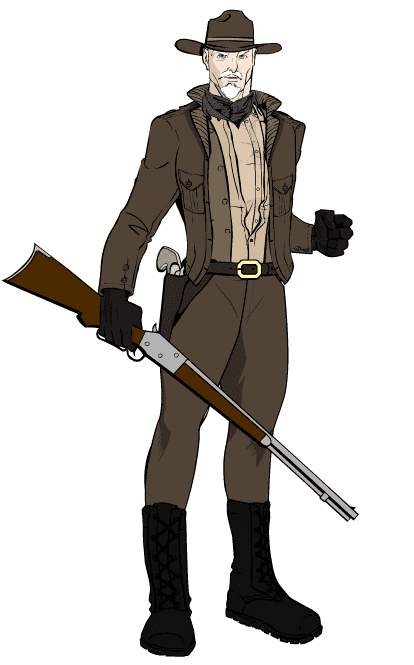
With She and Allan (1920), Haggard engineered a crossover between his two most popular series, uniting Quatermain with Ayesha, the central character of his hugely successful "She" novels, and bringing in several other key characters from each series—Hans, Umslopogaas, and Zikali from the Quatermain series, and Bilali, Ayesha's faithful minister. This book formed the third part of the "She" trilogy, although in chronological terms, it necessarily served as a prequel to the first two "She" books, since Holly and Leo, the protagonists of the first two books, both die at the end of the second novel.
Chronology of Haggard's Quatermain stories
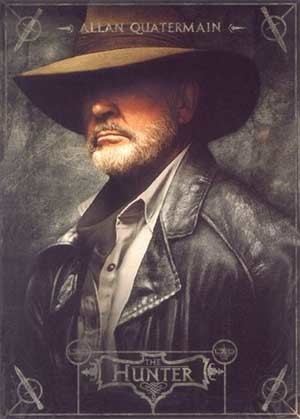
Dates of events in Allan Quatermain's life are shown on the left; dates of publication in book form are shown on the right.
c. 18 June 1885: Death of Allan Quatermain
Use of Quatermain in other works
The Allan Quatermain character has been expanded greatly by modern writers; this use is possibly due to Haggard's works passing into the public domain, much like Sherlock Holmes.
Quatermain in the works of Farmer, Power, and Castelli
Quatermain was placed by science fiction writer Philip José Farmer as a member of the Wold Newton family. In the anthology Myths for the Modern Age: Philip Jose Farmer's Wold Newton Universe, contributor Brad Mengel noted speculation that Quatermain had a daughter who married a relation of Sherlock Holmes, and that Indiana Jones's father was the product of this relationship.
In "The Judex Codex" (published in The Shadow of Judex, 2013), Dennis E. Power says that Quatermain had a daughter by Ayesha; this reconciles Quatermain's family tree with the Allan Quatermain comic book series created by Alfredo Castelli. (Castelli later moved the characters into the Martin Mystère series; Power's theories allowed Mystère and Allan Quatermain II to be identical first cousins without compromising any of the extant continuities).
In the Haggard canon, Harry Quatermain is an only child. After the younger Quatermain's death, his father laments that he is an old man "without a chick or child to comfort me." But the expansion of Allan Quatermain's lineage by Castelli, Mengel, and Power, and of his longevity by Alan Moore (as noted below) were studiously researched.
Rick Lai noted (in his essay "The Mystery of Harry Quatermain and Other Conundrums") several discrepancies throughout the Haggard series regarding Quatermain's wives. Lai suggested that Allan's son Harry was born far too early to be the young man who died before the opening of Allan Quatermain. Using Haggard's time line, he suggests that Harry, son of Allan and Stella Quatermain, fathered a son, also named Harry, whom Allan Quatermain raised as his own.
Philip José Farmer added Quatermain to his Wold Newton family, though he did not write any theories regarding Allan's offspring. Farmer authorized Mengel's essay, and he has encouraged other authors who have borrowed and played with his work.
Quatermain in the works of Moore and Miller
The character was used by writer Alan Moore and artist Kevin O'Neill in their series The League of Extraordinary Gentlemen, adapted to film in 2003, based on the premise that he faked his death to enjoy a quiet retirement.
In 2005, Thomas Kent Miller’s The Great Detective at the Crucible of Life (Wildside Press) became the first prose (as opposed to a comic novel) Allan Quatermain adventure pastiche novel, while at the same time being a Sherlock Holmes pastiche.
Film and television incarnations
The character of Allan Quatermain has been portrayed in film and television by Richard Chamberlain, John Colicos, Sean Connery, Cedric Hardwicke, and Patrick Swayze. Stewart Granger also played Quatermain in the 1950 Hollywood film adaptation of King Solomon's Mines, which was directed by Compton Bennett. None of the above works portray Haggard's Quatermain accurately in age, appearance, or character. Some even give his name erroneously as "Quartermain." Allan Quatermain and the Lost City of Gold is a film released in 1987 which is freely adapted from the plot of Haggard's 1887 novel. He was also featured in The League of Extraordinary Gentlemen, released in 2003, where he served as the team leader and a mentor and father-figure to American Secret Service agent Tom Sawyer, and the 2008 direct-to-DVD Allan Quatermain and the Temple of Skulls. In 2010, it was announced that Sam Worthington would portray the character in an upcoming sci-fi adaptation of King Solomon's Mines.
Influences
The real-life adventures of Frederick Courtney Selous, the British big game hunter and explorer of Colonial Africa, inspired Haggard to create the Allan Quatermain character. Haggard was also heavily influenced by other larger-than-life adventurers whom he later met in Africa, most notably American Scout Frederick Russell Burnham. He was further influenced by South Africa's vast mineral wealth and by the ruins of ancient lost civilizations being uncovered in Africa, such as Great Zimbabwe. The similarities are striking between Haggard's close friend Burnham and his Quatermain character: both were small and wiry Victorian adventurers in colonial Africa; both sought and discovered ancient treasures and civilizations; both battled large wild animals and native peoples; both were renowned for their ability to track, even at night; and both men had similar nicknames (Quatermain, "Watcher-by-Night"; Burnham, "He-who-sees-in-the-dark").
The beliefs and views of the fictional Quatermain are those of Haggard himself, and beliefs that were common among the 19th-century European colonists. These include conventional Victorian ideas concerning the superiority of the white race; an admiration for "warrior races," such as the Zulu; a disdain for natives corrupted by white influences; and a general contempt for Afrikaners (Boers). But in other ways Haggard's views were advanced for his times. The first chapter of King Solomon's Mines contains an express denunciation of the use of the pejorative term "nigger." Quatermain frequently encounters natives who are more brave and wise than Europeans, and even women (black and white) who are smarter and emotionally stronger than men (though not necessarily as good; c.. the title character of "She"). Through the Quatermain novels and his other works, Haggard also expresses his own mysticism and interest in non-Christian concepts, particularly karma and reincarnation, though he expresses these concepts in such a way as to be compatible with the Christian faith.
Influenced
Quatermain was one of the templates for the American film character Indiana Jones, featured in Raiders of the Lost Ark, Indiana Jones and the Temple of Doom, and Indiana Jones and the Last Crusade .
The route to King Solomon's Mines described by Haggard was also referred to in the movie The Librarian: Return to King Solomon's Mines, specifically the reference to Sheba's Breasts and Three Witches Mountain, which are geographical features mentioned by Quatermain in the novel.
In the Graham Greene novel The Heart of the Matter (1948), the main character Scobie remembers Allan Quatermain as his childhood hero.
Books written by H. Rider Haggard
- King Solomon's Mines (1885)
- Allan Quatermain (1887)
- Allan's Wife and Other Tales (1887)
- "Allan's Wife"
- "Hunter Quatermain's Story"
- "A Tale of Three Lions"
- "Long Odds"
- Maiwa's Revenge: or, The War of the Little Hand (1888)
- Marie (1912)
- Child of Storm (1913)
- The Holy Flower (1915) (first serialised in the Windsor Magazine December 1913-November 1914)
- The Ivory Child (1916)
- Finished (1917)
- The Ancient Allan (1920)
- She and Allan (1920)
- Heu-heu: or, The Monster (1924)
- The Treasure of the Lake (1926)
- Allan and the Ice-gods (1927)
- Hunter Quatermain's Story: The Uncollected Adventures of Allan Quatermain (collection, 2003)
- "Hunter Quatermain's Story" (first published in In a Good Cause, 1885)
- "Long Odds" (first published in Macmillan's Magazine February 1886)
- "A Tale of Three Lions" (first serialized in Atalanta, October–December 1887)
- "Magepa the Buck" (first published in Pears' Annual, 1912)
Books written by Alan Moore
- The League of Extraordinary Gentlemen, Volume I ("Allan and the Sundered Veil")
- The League of Extraordinary Gentlemen, Volume II ("The New Traveller's Almanac")
- The League of Extraordinary Gentlemen: Black Dossier
- The League of Extraordinary Gentlemen, Volume III: Century
Books written by Thomas (Thos.) Kent Miller
- The Great Detective at the Crucible of Life; or, The Adventure of the Rose of Fire 2005
